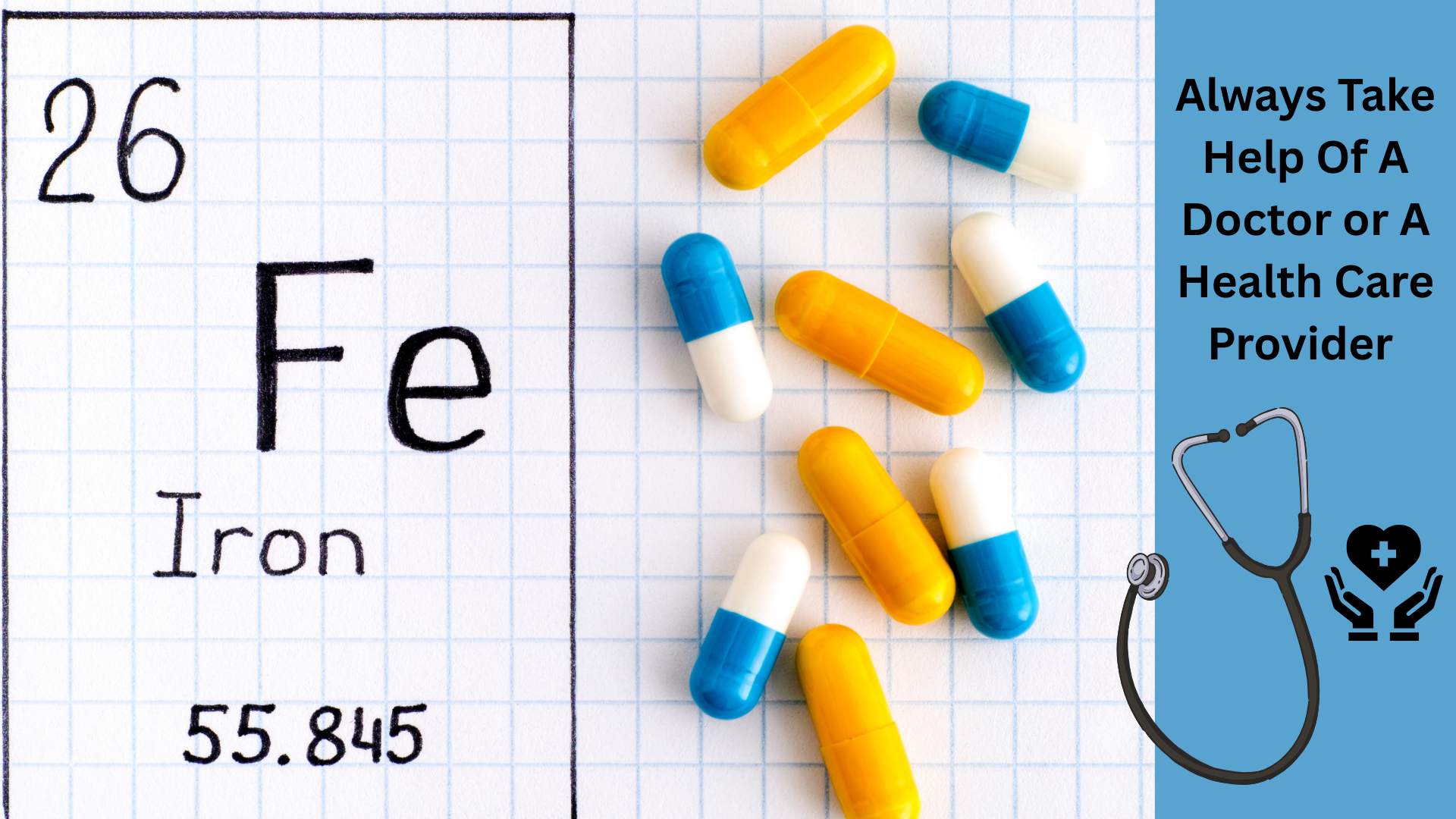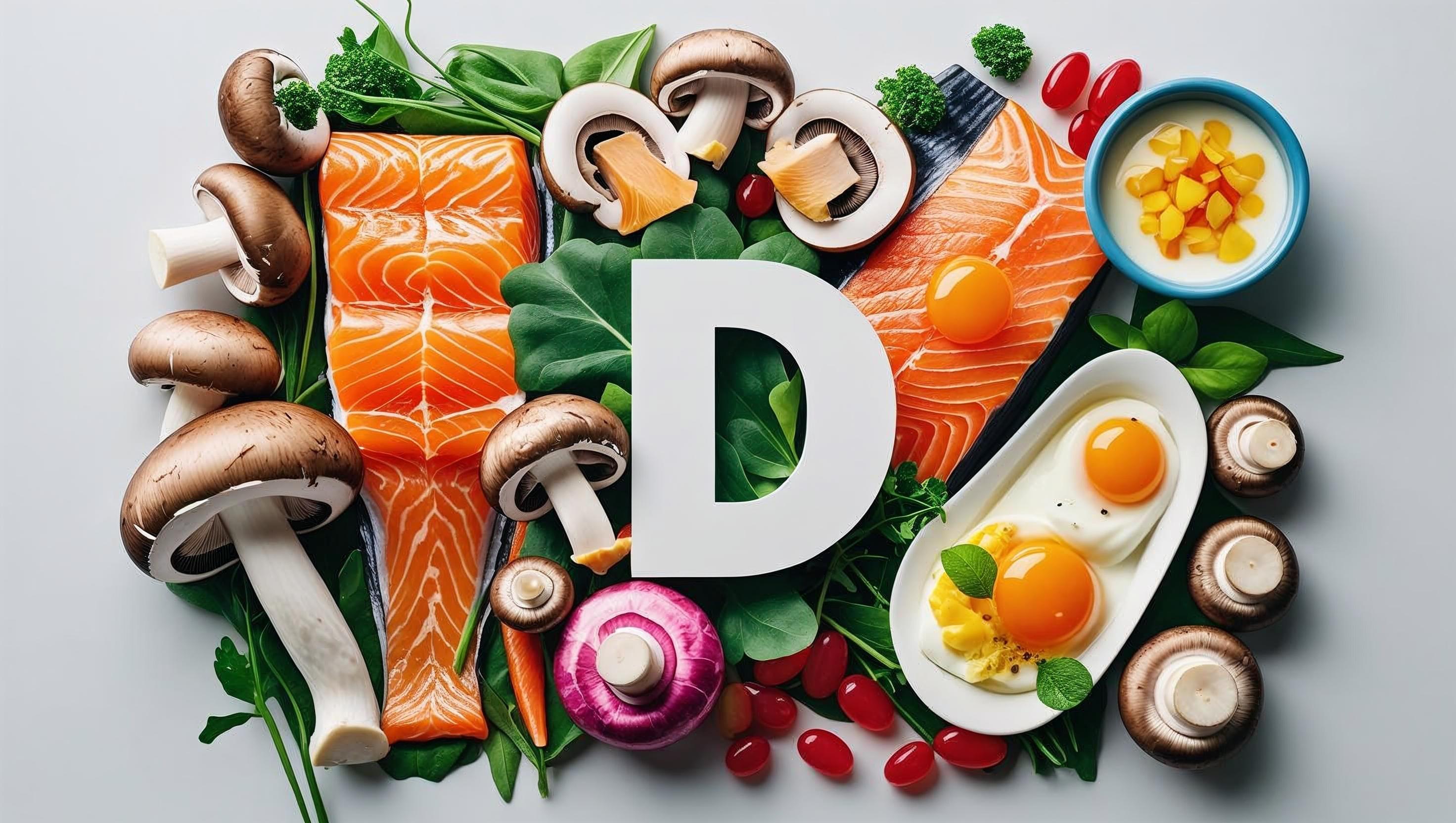
Iron: The Energy Booster Hiding in Your Meals
Ever feel drained for no reason? Like your body’s just not keeping up, no matter how well you eat or sleep? It could be your iron levels waving a red flag.
Iron isn’t just another nutrient on the list—it’s a key player in how energized, focused, and balanced you feel day-to-day. And the tricky part? A lot of people are low on it and don’t even know it.
What Iron Does (And Why It’s a Big Deal)
Iron helps your blood carry oxygen. No oxygen delivery = low energy, brain fog, and a whole lot of blah.
It also:
- Supports focus and memory
- Keeps your immune system active
- Regulates body temperature
- Helps with growth, especially for kids, teens, and pregnant women
- Formation of red blood cells
- Co-factor of enzymes and other proteins
Bottom line: when your iron is on point, everything feels a little easier.

Low Iron Feels Like…
Iron deficiency shows up differently for everyone. Here are a few signs:
- Constant tiredness or sluggishness
- Pale skin or dark circles
- Headaches or feeling dizzy
- Shortness of breath during regular activities
- Craving strange non-food things like ice (yep, that’s a thing!)
- Irregular periods as well
If these sound familiar, a simple blood test can help you figure it out.












Let’s Talk About Food: Where Iron Comes From
There are two types of iron in food:
- Heme iron: Found in animal products (like red meat, poultry, and fish). It’s easier for your body to absorb.
- Non-heme iron: Found in plant-based foods (like beans, leafy greens, tofu, lentils, dryfruits, seeds, grains). Great sources—but your body needs a little help to use it well.

Pro Tips to Boost Iron Absorption
- Pair with Vitamin C
Add citrus, bell peppers, or tomatoes to your meals—Vitamin C helps your body absorb more iron, especially from plant-based foods. - Mind your timing with coffee and tea
Caffeine can block iron absorption, so try not to drink it right alongside iron-rich meals. - Cook with cast iron cookware
It’s not a myth—cooking in cast iron can actually raise the iron content in your food. - Avoid consuming calcium-rich foods (like milk, paneer, curd) alongside iron-rich foods (like spinach, rajma, chana, or iron supplements), as calcium can inhibit iron absorption. Try to space them at least 1–2 hours apart for better nutrient uptake
Iron-Rich Foods to Keep in Rotation
- Animal-based: Beef, chicken, liver, sardines, clams,fish
- Plant-based: Spinach, lentils, chickpeas, tofu, quinoa, pumpkin seeds, fortified cereals ,rice flakes, cauliflower seeds, garden cress seeds (100mg/100g), bajra, dried date
Even desserts like dark chocolate have some iron—so it’s not all kale and quinoa!
Should You Supplement?
Sometimes, diet isn’t enough—especially if you’re pregnant, have heavy periods, or follow a vegan diet. Supplements can help, but don’t self-diagnose. Too much iron can be harmful, so always check with a doctor or healthcare provider.

How Triva Can Help
Tracking iron intake doesn’t have to be complicated. With Triva, you can log your meals, build your own recipes (yep, even those comfort foods), and get a clear view of your iron and other nutrient levels—personalized to your plate and lifestyle.
Because staying energized shouldn’t be a mystery—and we’re here to make it easier.
You can also talk about ferritin as the best marker for iron deficiency
Talk about calcium & iron, if taken together
Recommended dietary allowance
category | Age group | RDA (mg/day) |
Adult men | >18y | 19 |
Adult women | >18y | 29 |
Pregnant | – | 27 |
Lactating | – | 23 |
Infants | 0-6 months | – |
6-12 months | 6 | |
Children | 1-3y | 8 |
4-6y | 11 | |
7-9y | 15 | |
Boys | 10-12y | 16 |
Girls | 10-12y | 28 |
Boys | 13-15y | 22 |
Girls | 13-15y | 30 |
Boys | 16-18y | 26 |
Girls | 16-18y | 32 |

